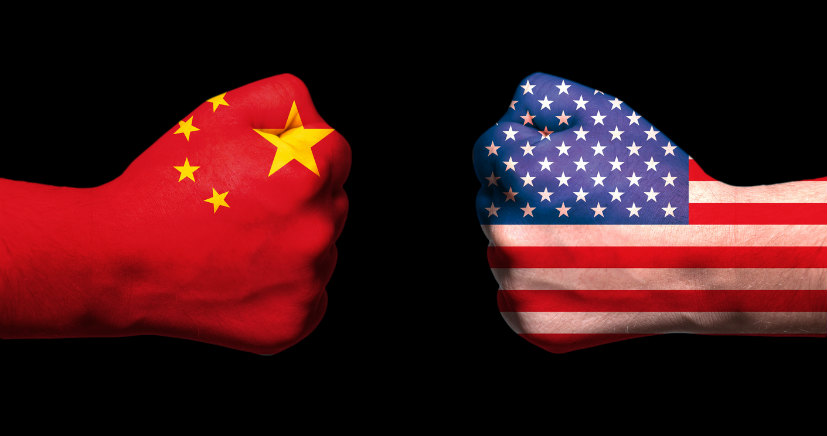The war will not be fought in semiconductors.
- The technological war between the US and China will not be fought in semiconductors as commentary around the US Senate’s new bill seems to suggest, but in the new frontiers of AI, autonomous driving quantum computing, and future wireless standards.
- The US Senate has passed a bill that aims to curb China’s technological rise by allocating $250bn to ensure that the US maintains a competitive edge over China in critical technologies.
- This should give the China hawks cause for concern as RFM & Alavan Independent research has found that outside of semiconductors, the Chinese are already just as good as the US and in some cases better.
- Deep down it is clear that the US senate knows this as the bill directs half of the funding to AI and quantum computing with only 20% going to semiconductors.
- $52bn is being allocated to semiconductors but the focus of this investment is not to further technological prowess but to spread the geographic location of leading-edge semiconductors.
- 100% of leading-edge manufacturing (5nm (7nm Intel)) is carried out in Taiwan and Korea both of which are considered to be too close to China for comfort.
- This is a large part of the reason why Intel has chosen Arizona for its new leading-edge fabs and why TSMC is also building fabs in the USA.
- I expect that we will also see some of these fabs being built in Europe as time passes.
- The bill also contains some cosmetic features such as preventing government agencies from buying Chinese drones and prohibiting federal employees from downloading TikTok onto official devices.
- Apart from the geographic concentration of leading-edge manufacturing, the war in semiconductors was over before it began.
- This is a war that China has lost not because it executed badly but simply because it started too late.
- When Intel was making its first transistors, China was still a largely agrarian economy and by the time it began to industrialise the standards in semiconductor manufacturing had already been set and the industry titans created.
- The key to semiconductor manufacturing is the equipment that one buys because these machines are made with extreme precision and are almost impossible to copy or replicate even if one has the machine in one’s possession.
- These machines are so hard to make that the industry has become a series of mini-monopolies where one or two companies completely dominate the market for any particular type of machine.
- The best example is ASM Lithography which makes the machine that “prints” the circuit pattern onto the wafer and who out-executed both Nikon and Canon and had the market to itself for years.
- Many of the other manufacturing steps are dominated by US companies meaning that in practice one cannot make a modern semiconductor without using a piece of US equipment.
- This gives the US a critical chokehold on the semiconductor industry which it has used to great effect as China’s strategy to become self-sufficient in semiconductors is in tatters.
- For example, China’s Made in China 2025 program calls for 40% of domestic consumption to be met by China headquartered companies by 2020 rising to 70% by 2025.
- The reality is that in 2019 this figure had only made it to 6.1% meaning that China is only 1/16th of the way to meeting its goal with nearly half of the time elapsed.
- This is why RFM and Alavan Independent have already called the tech war in semiconductors as effectively over meaning that outside of geographic concentration, there is no need to invest to keep China at bay.
- However, in other areas such as AI, autonomous driving, and quantum computing, it is a completely different story.
- I think that this due to the fact that the Chinese were in a position to begin development of these technologies at the same time as everyone else meaning that they have been competing on a level playing field.
- Hence, it comes as no surprise that in these technologies, the Chinese are demonstrably as good as their US counterparts and in some areas of AI, better.
- It is here that the real battle will be fought which is why I suspect that the bill has allocated most of the spending in this direction.
- The net result is likely to be a return to dual standards where those in the middle will be forced to adopt one or the other.
- This will lead to a fragmentation of the Internet as a digital wall being built with the USA and probably Europe on one side and China and some emerging market countries on the other.
- The net result is that the opportunity for everyone will be much lower as the economics of networks clearly work best when all devices and systems can communicate with each other.
- Mr. Trump may finally get his wall but perhaps not the one he intended.









